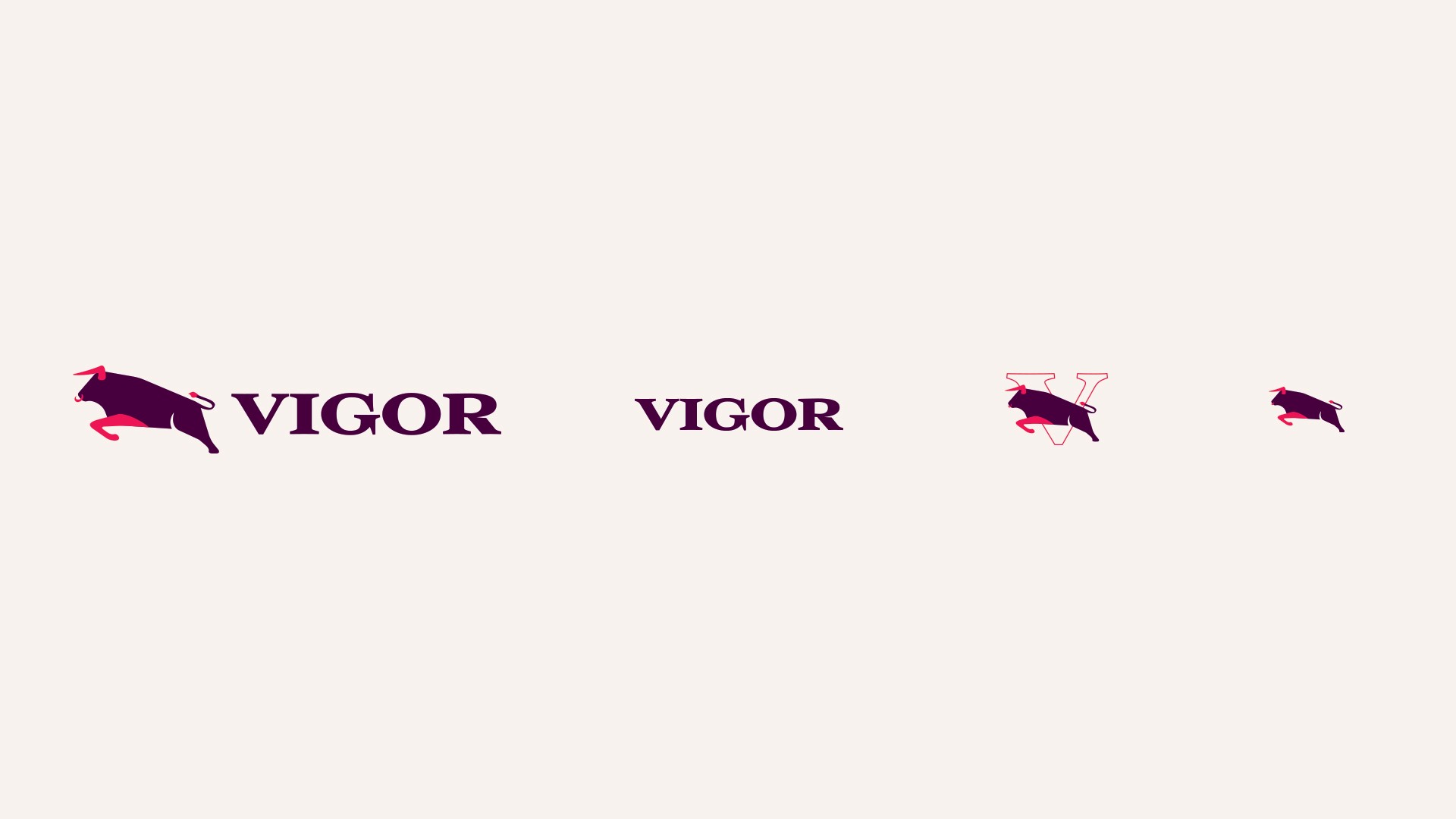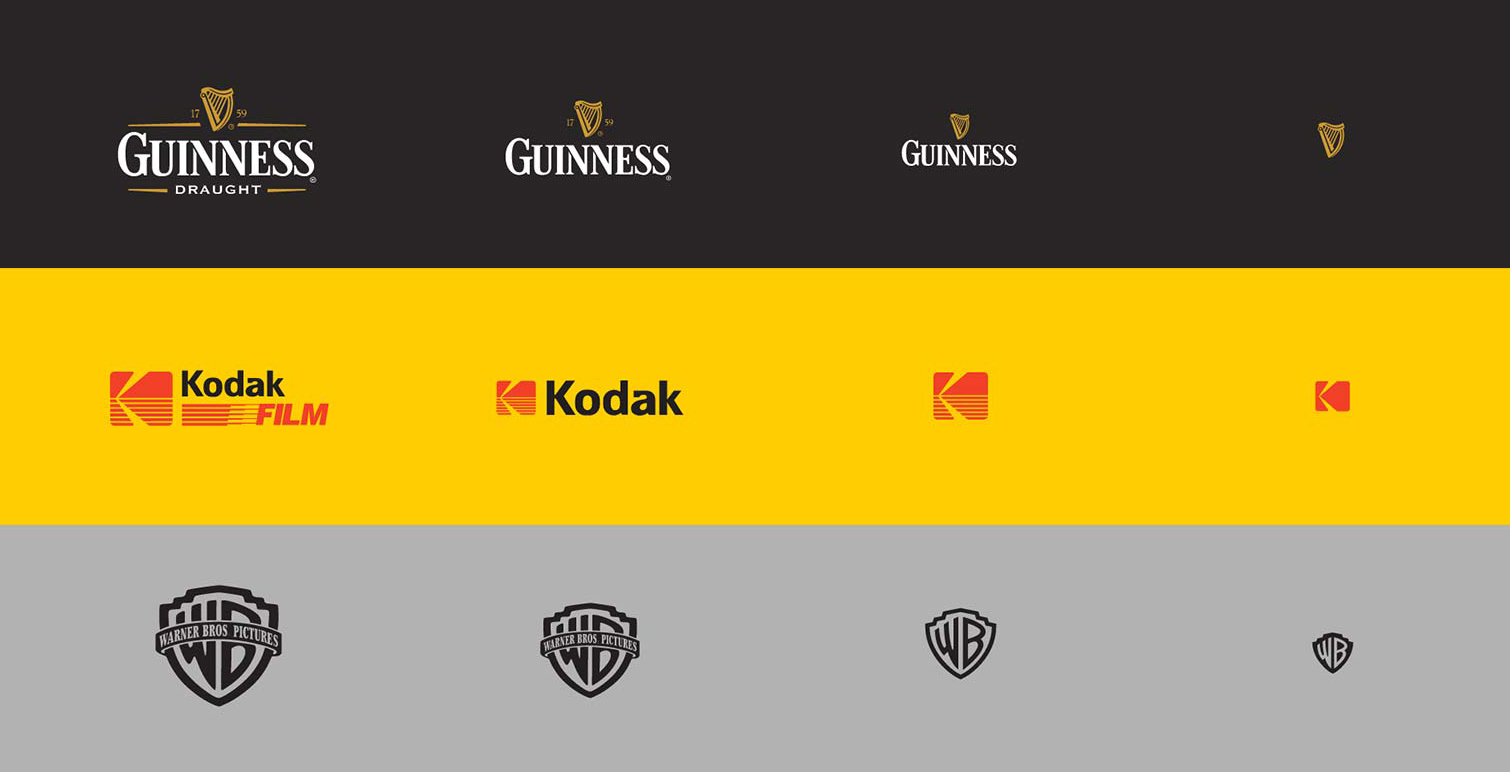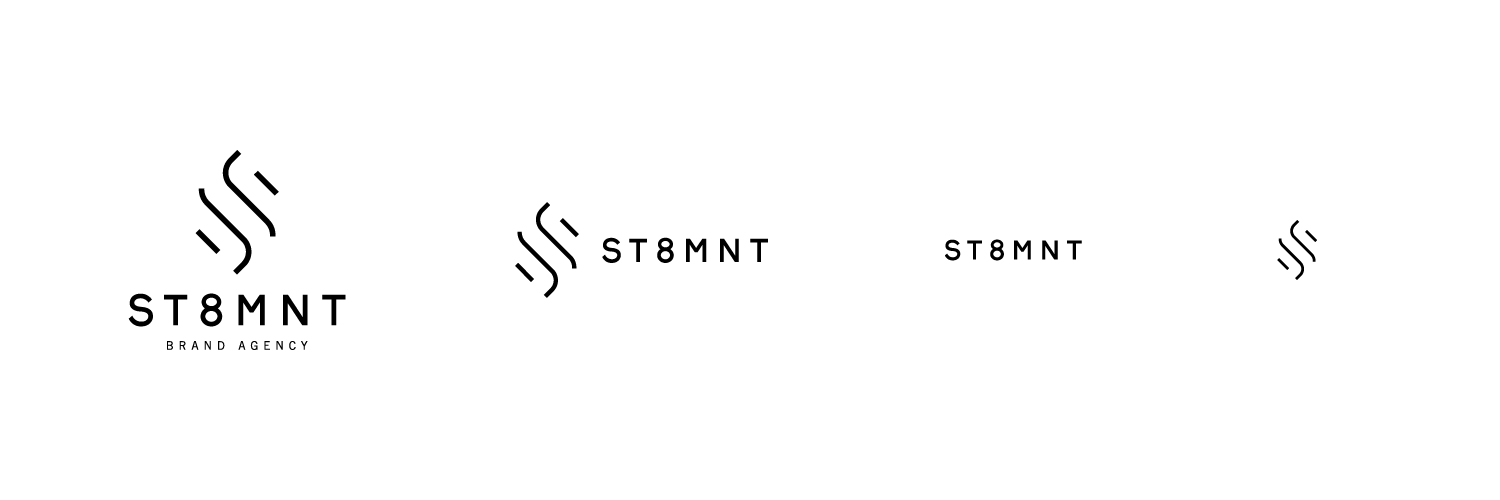It’s not news to anyone–we’re in the digital era; where the majority of information and media we see is from screens all connected through the internet. With everyone engaging through multiple screens and devices, making sure your brand’s identity can translate and maintain consistency cross platform is of the utmost importance in this day and age.
WHAT IS IT
So, what are responsive logos? Well, responsive branding is the framework of having a brand that can mold and successfully conform to whatever medium it’s viewed in without losing the essence of its persona. Responsive logos, though, are a little bit more specific because they are precisely that. They’re logos that are adaptive to their medium. Whether that be a smartphone, smartwatch, desktop, television, or any social media outlet, having a consistent voice will strengthen your brand to make sure you don’t get lost in all the pixels.

THE CONS
1. Branding can be confusing when not seen as a whole.
Unfortunately, because of the flexibility that responsive design brings, it’s actually quite easy to fall into improper usage. One of the first things that could become an issue is that the brand could feel confusing to their audience when it’s not seen as a whole. If someone only sees one version of the logo on a mobile app, and misses how it’s seen from the website; that could potentially create confusion if the company isn’t careful with making sure their voice is consistent cross platform.
2. Hard to know what rules to follow
To tag along with the first con, sometimes the openness of being responsive makes it difficult to know if you’re doing the “right” thing. Rules are great. They reduce accidents, make things simple, which in turn (usually) avoids failure. We know that following the rules won’t always result in success, but at least we know that it’s the correct way of doing things.
3. More assets, more problems
One more negative of using responsive design: all the assets. So. Many. Assets. The multiple logo variations and all the rules with using them all. When you have so many graphics and logos to create and keep track of, that takes time, effort and money.

THE PROS
1. “Fail-proof” brand experience
We talked a lot about how if you execute your responsive logos ineffectively, that can lead to a lot more problems. However, there are solid reasons why this type of logo usage can be highly effective. The first being: Everyone, no matter which device they’re using, will be able to understand and get a clear vision of your brand in the way it was designed for that space. What’s more beautiful than a perfect marriage of form and function in design?
2. More engagement
A recent UCLA study discovered that people have a hard time remembering the form of the well known Apple logo. Scientists from the study say that the forgetfulness may be a result of “a form of attentional saturation, which can lead to ‘inattentional amnesia” –– the simplicity of the logo means that people stop paying attention to the details because their brain is telling them it’s not necessary. By having a system of logos, people tend to pay more attention to the brand and this creates increased engagement.
3. Always feels “new”
The variety in logo sizes across different devices will never make your brand feel old; having the same logo lockup on every device and media outlet can make it feel stagnant and boring. This may in turn bring people to eventually overlook your brand and pay less attention to it. However, if you have an adaptable logo that changes cross platform, this will keep everything looking fresh and organic. Adding that flexibility will bring your brand to life by “living” in each form that it takes.

To sum it up, responsive logos are just the result of the world coming into an ever-changing media outlet. Paying closer attention to how function influences form will enhance your brand because this has always been prevalent in good design. You may not be ready for this jump in your brand experience yet, but it’s important to understand how using responsive logos and being adaptive overall will help increase your brand recognition and engagement.

